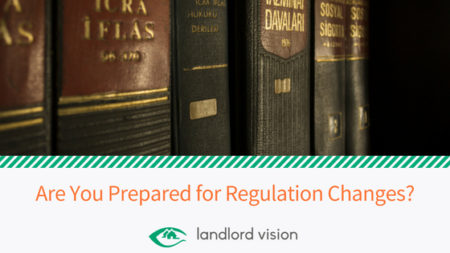
From next month, eviction rules are changing. Landlords with older tenancies – predating October 2015 – will have to abide by Section 21 if they want to evict a tenant. Currently, Section 21 only applies to tenancies that began after October 2015.
How Does a Section 21 Notice Work?
Section 21 allows a landlord to evict a tenant on an assured shorthold tenancy as long as they give them two months’ notice. The process changed in October 2015. Previously, landlords could serve notice in writing. Following changes, landlords with tenancies that began after October 2015 had to use Form 6A; this could only be done four months after a tenancy agreement started. The new rules also state that a landlord can’t serve a Section 21 within six months of being handed an improvement notice. This is supposed to prevent retaliatory evictions.
David Smith from the RLA says: “With regards to navigating the retaliatory restrictions that will now be applicable to all tenancies, landlords can satisfy this by ensuring their buildings are kept in good condition to avoid a local authority improvement notice which could hinder a section 21 notice.”
Know the Rules
These rules now apply to landlords with older tenancies. It is very important that landlords handle evictions correctly. If they don’t, they could end up in breach of the Deregulation Act.
Landlords don’t usually want to evict a tenant unless they have no other choice. However, if a tenant isn’t paying their rent and the landlord can’t meet their mortgage payments without it, a Section 21 notice is necessary.



